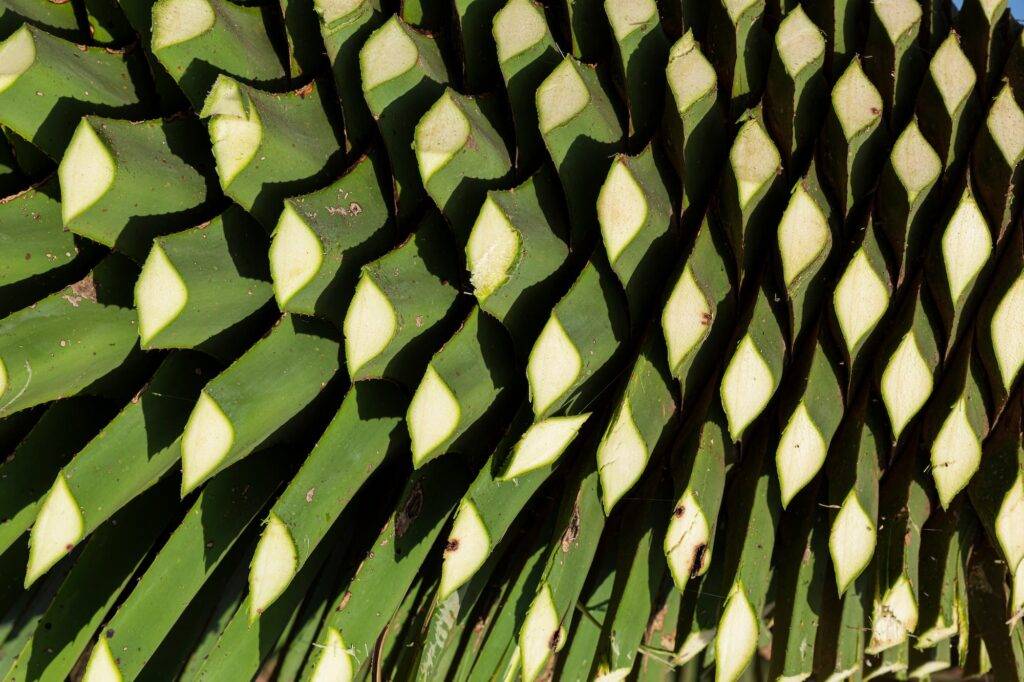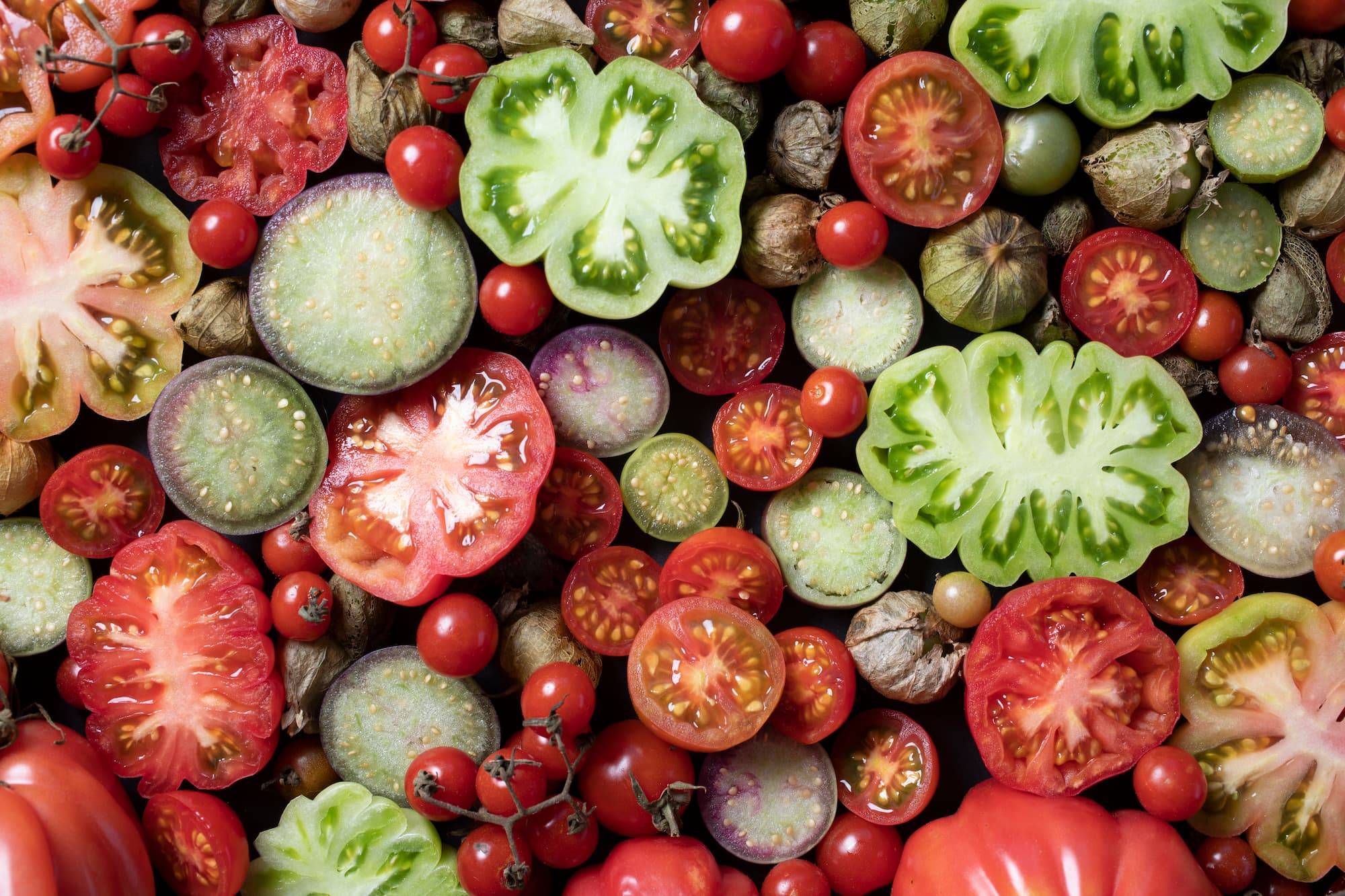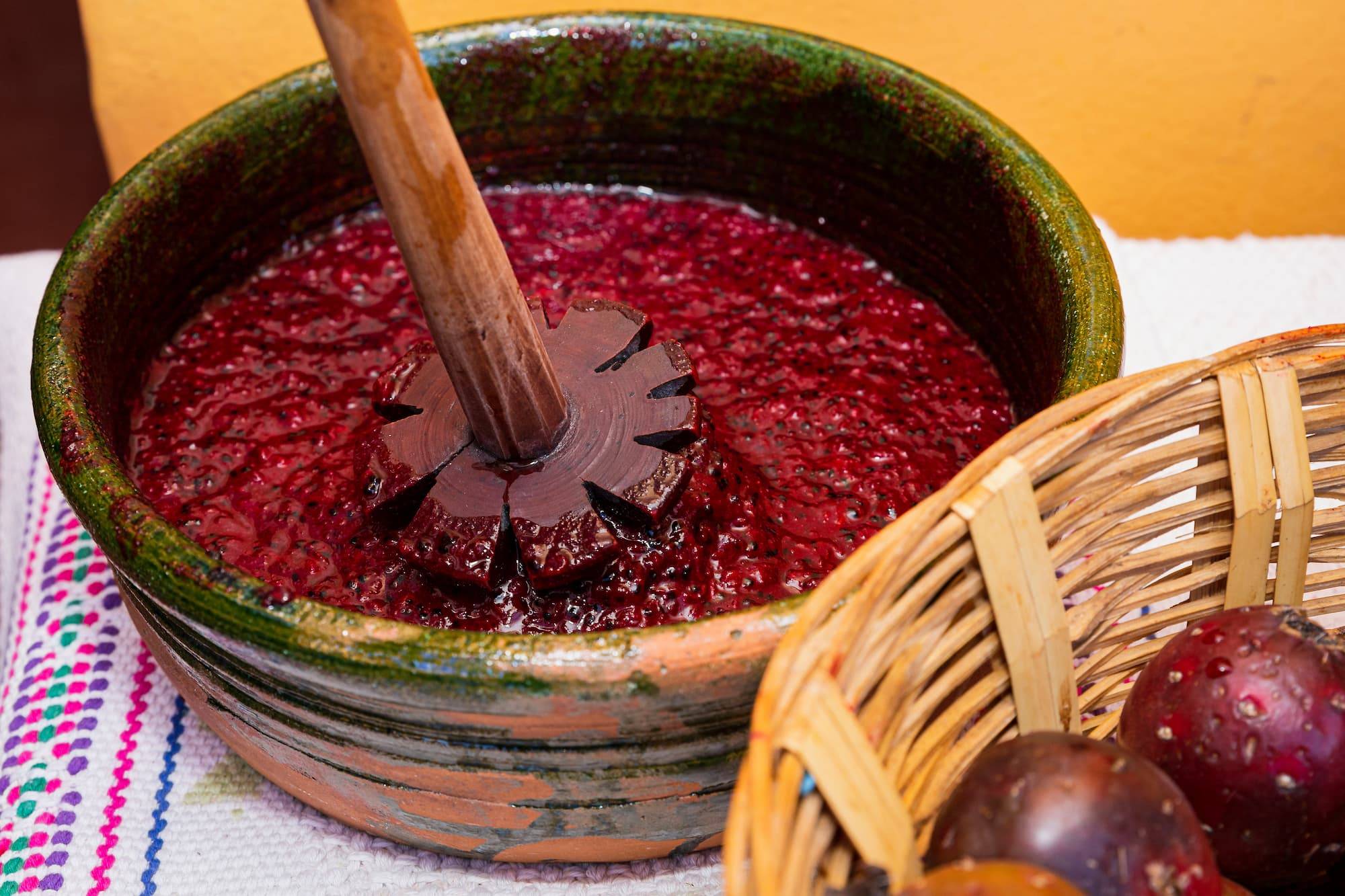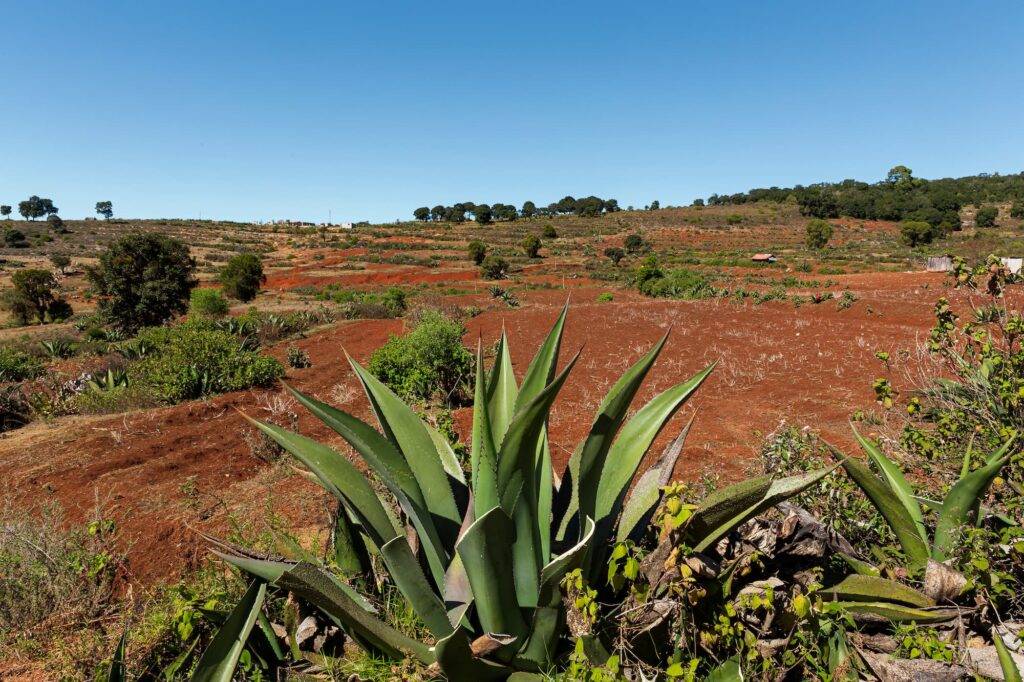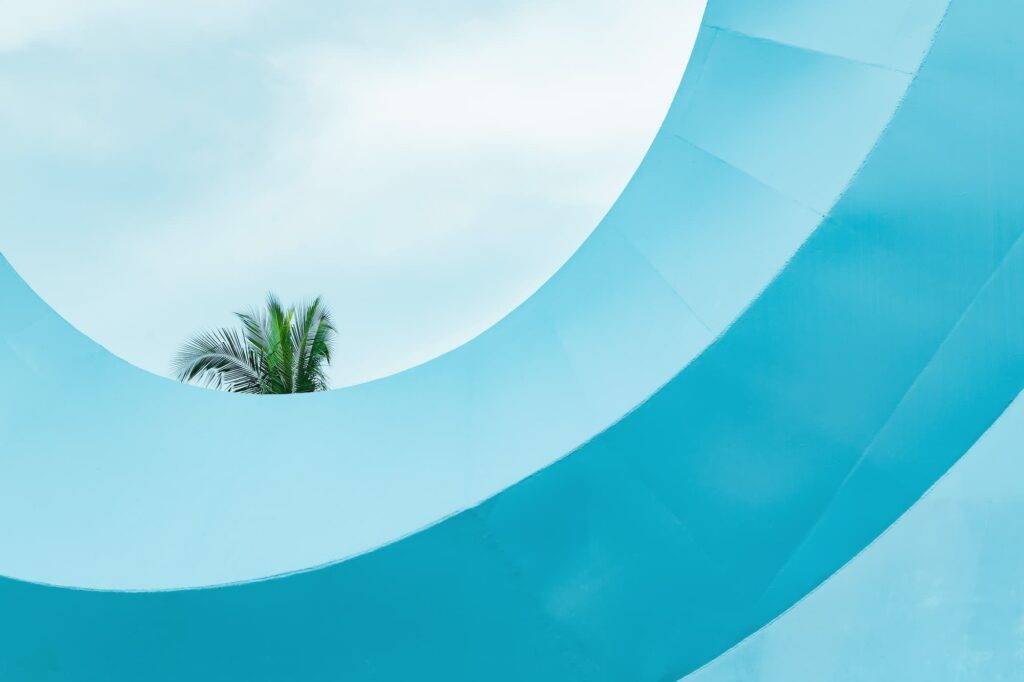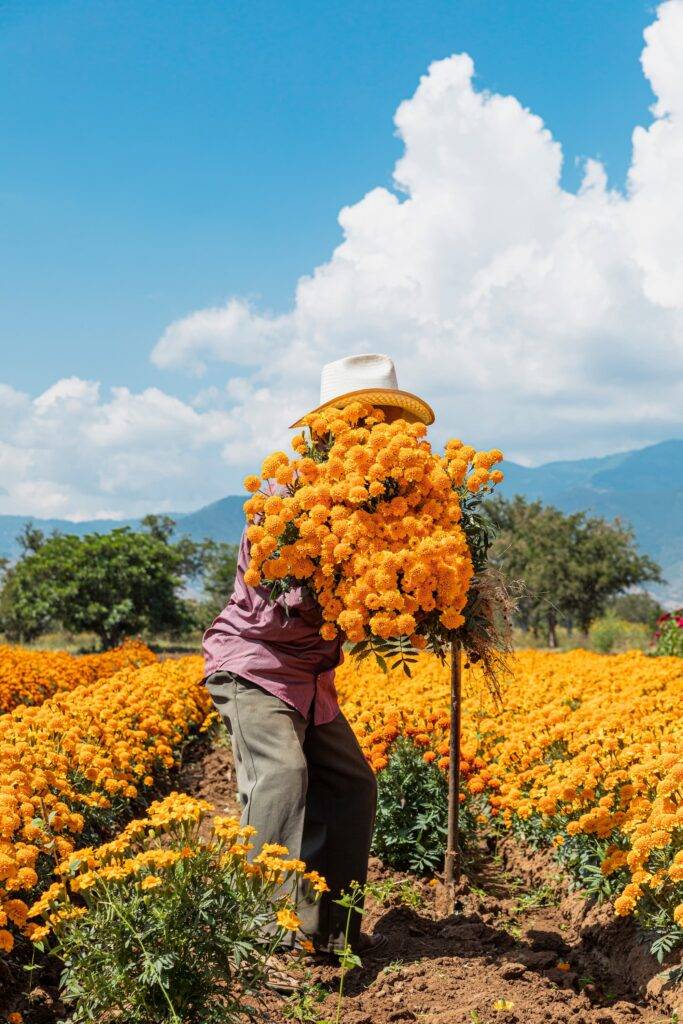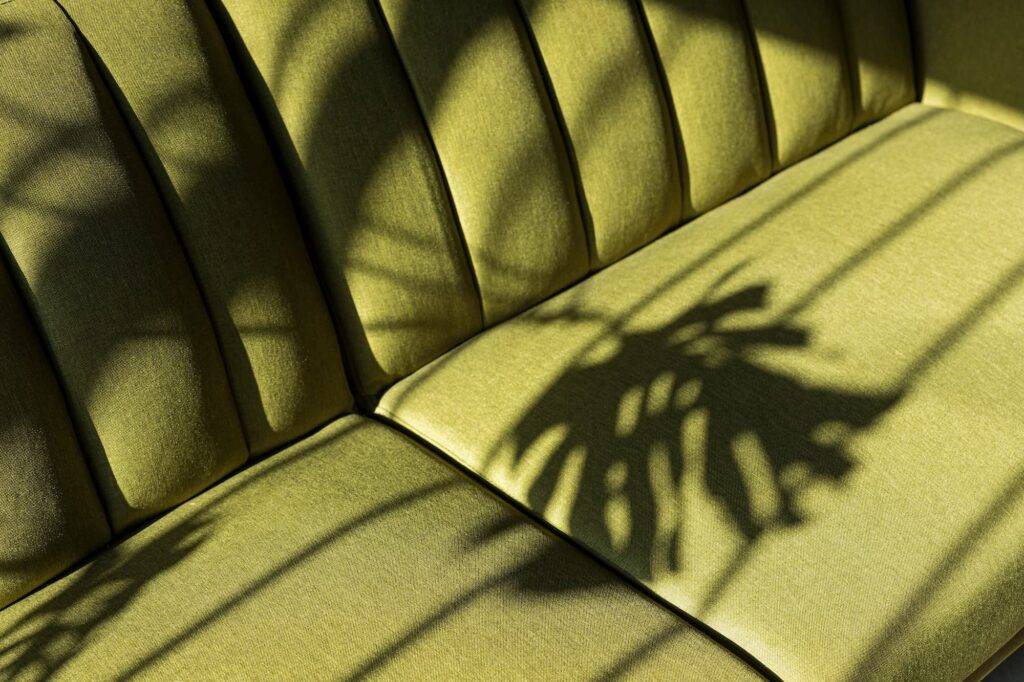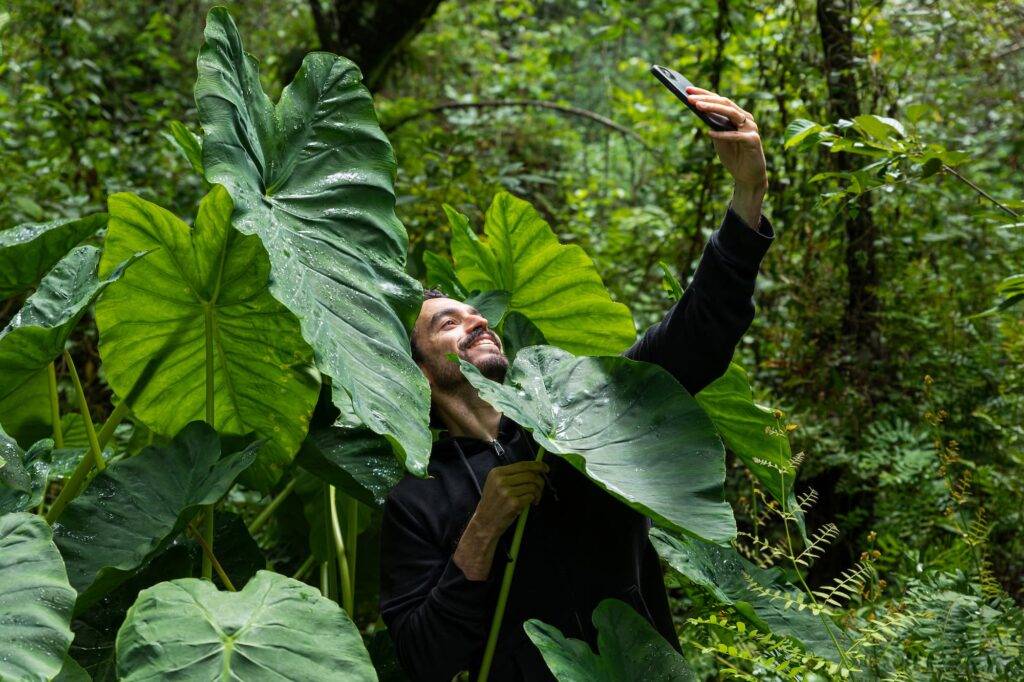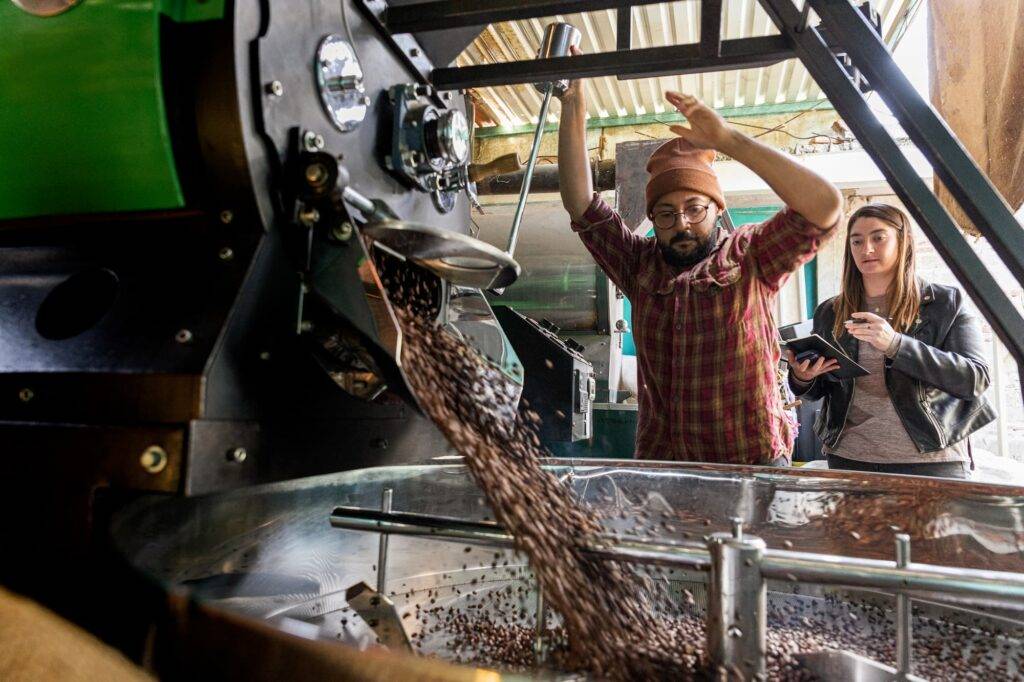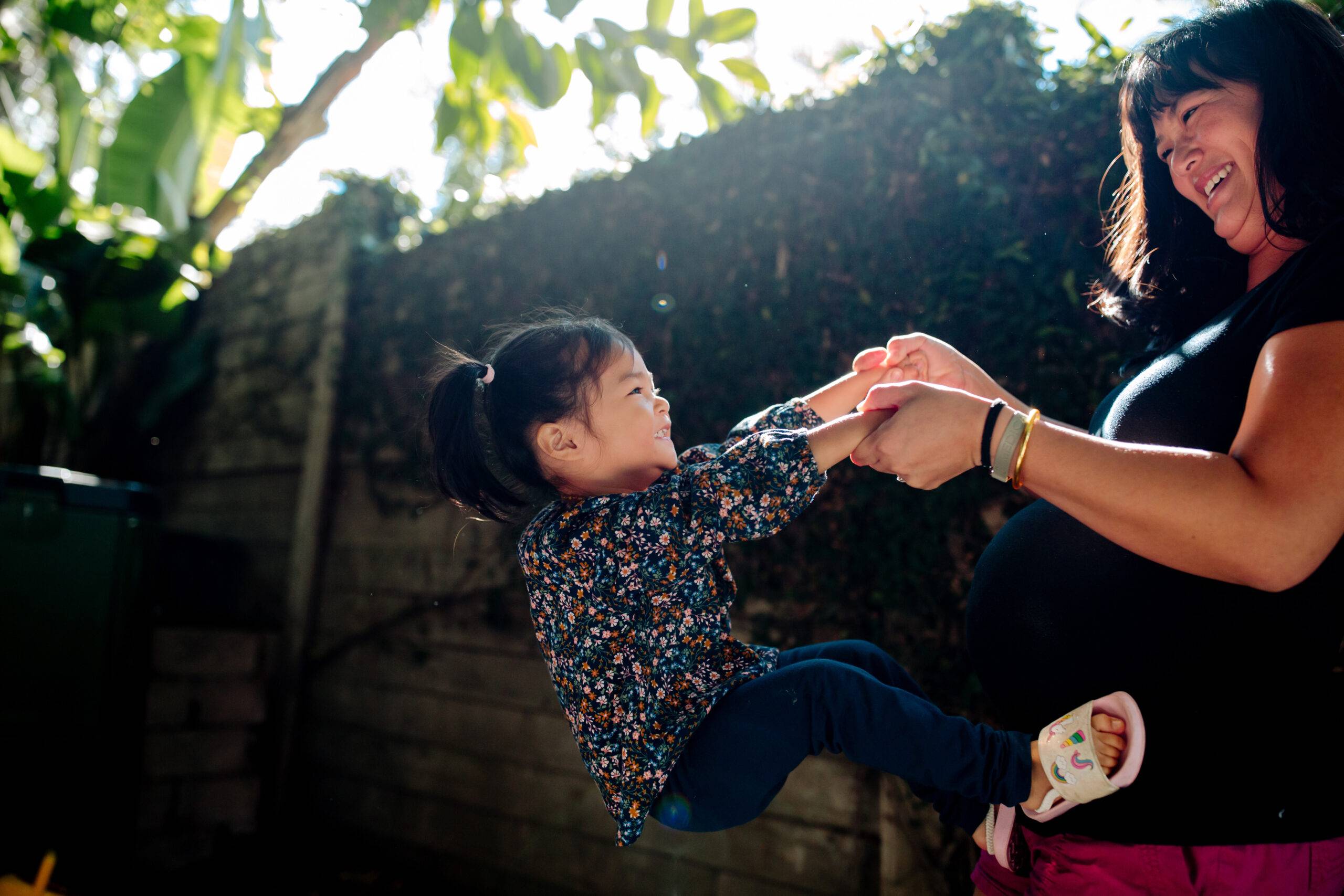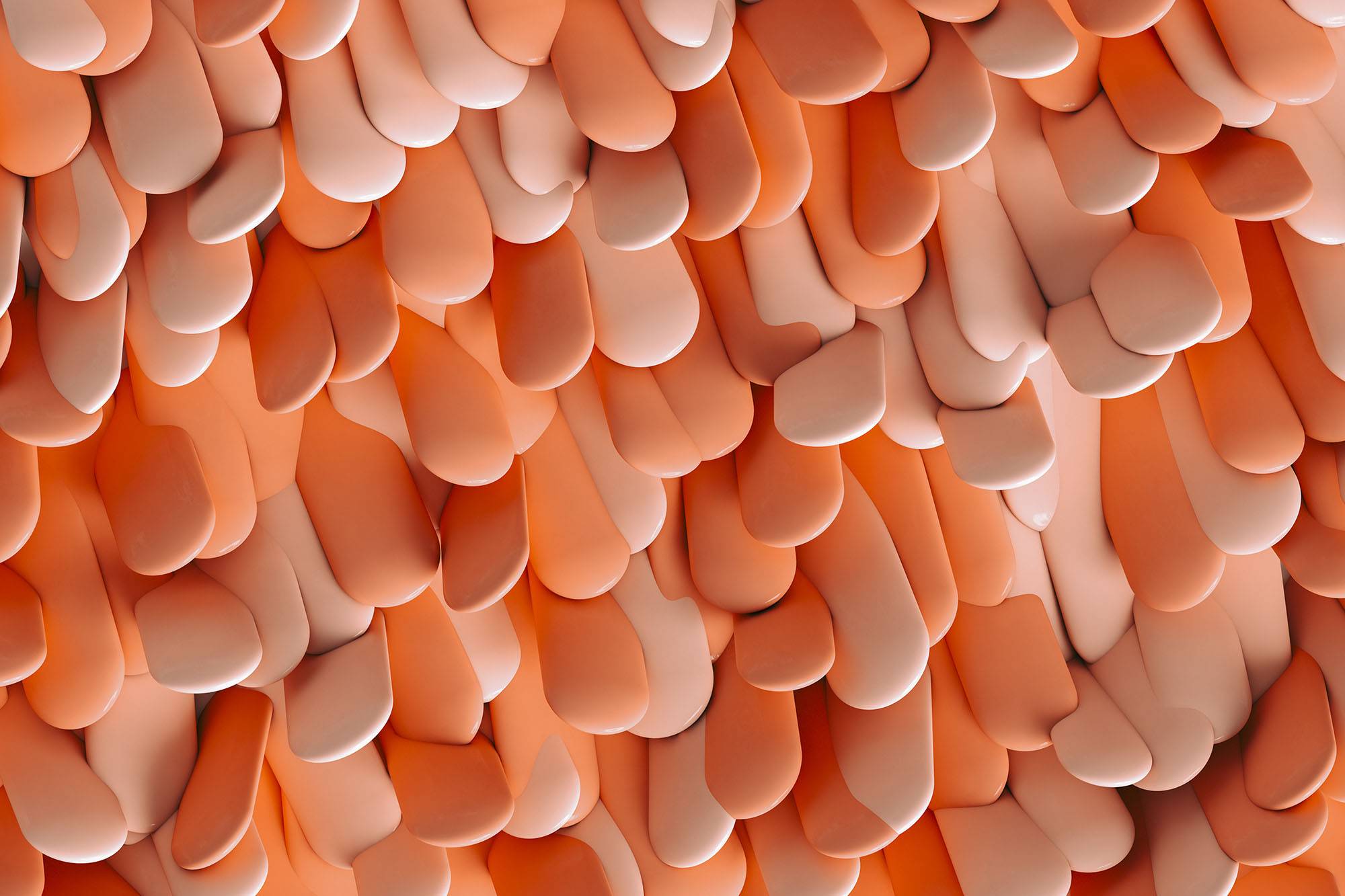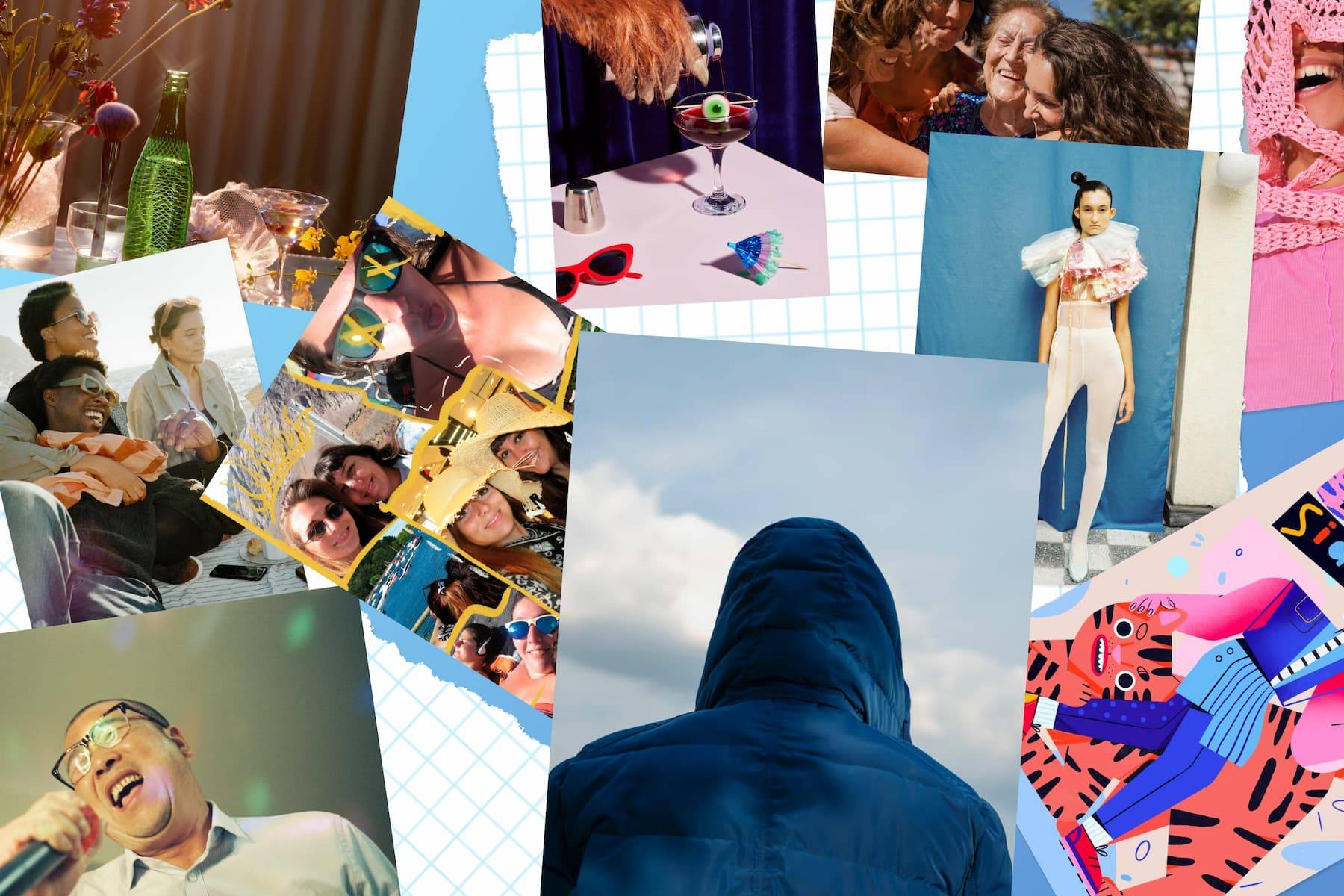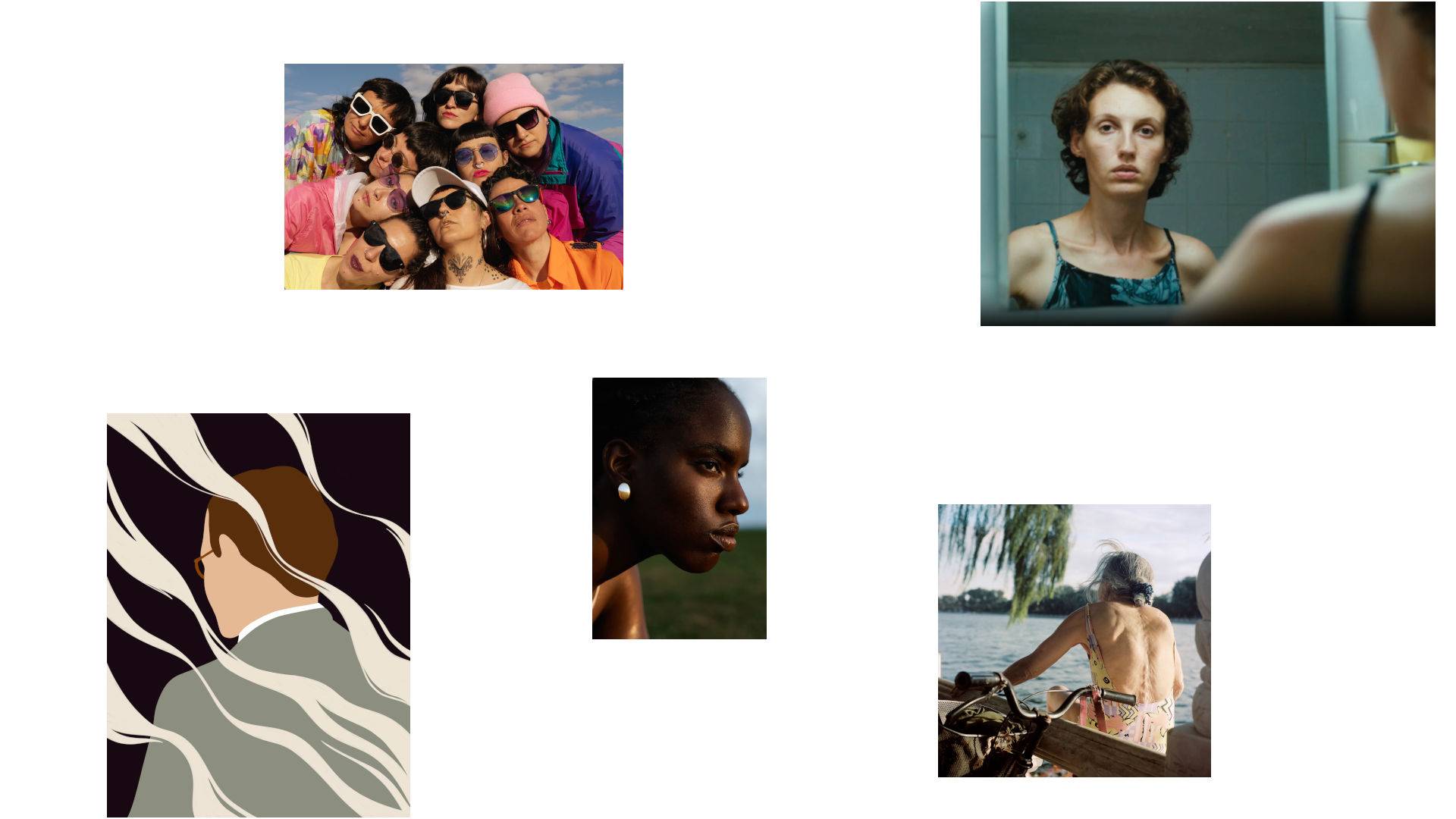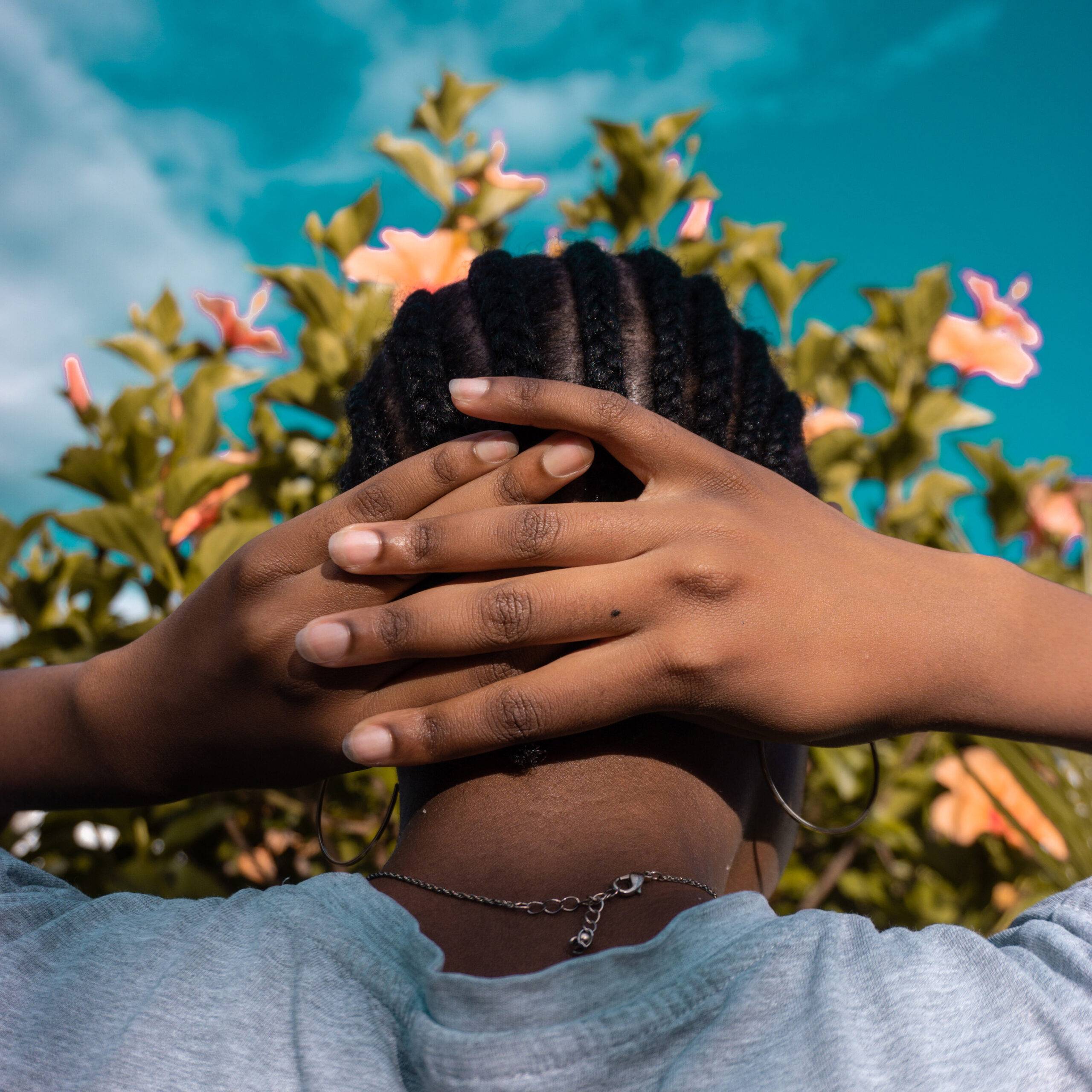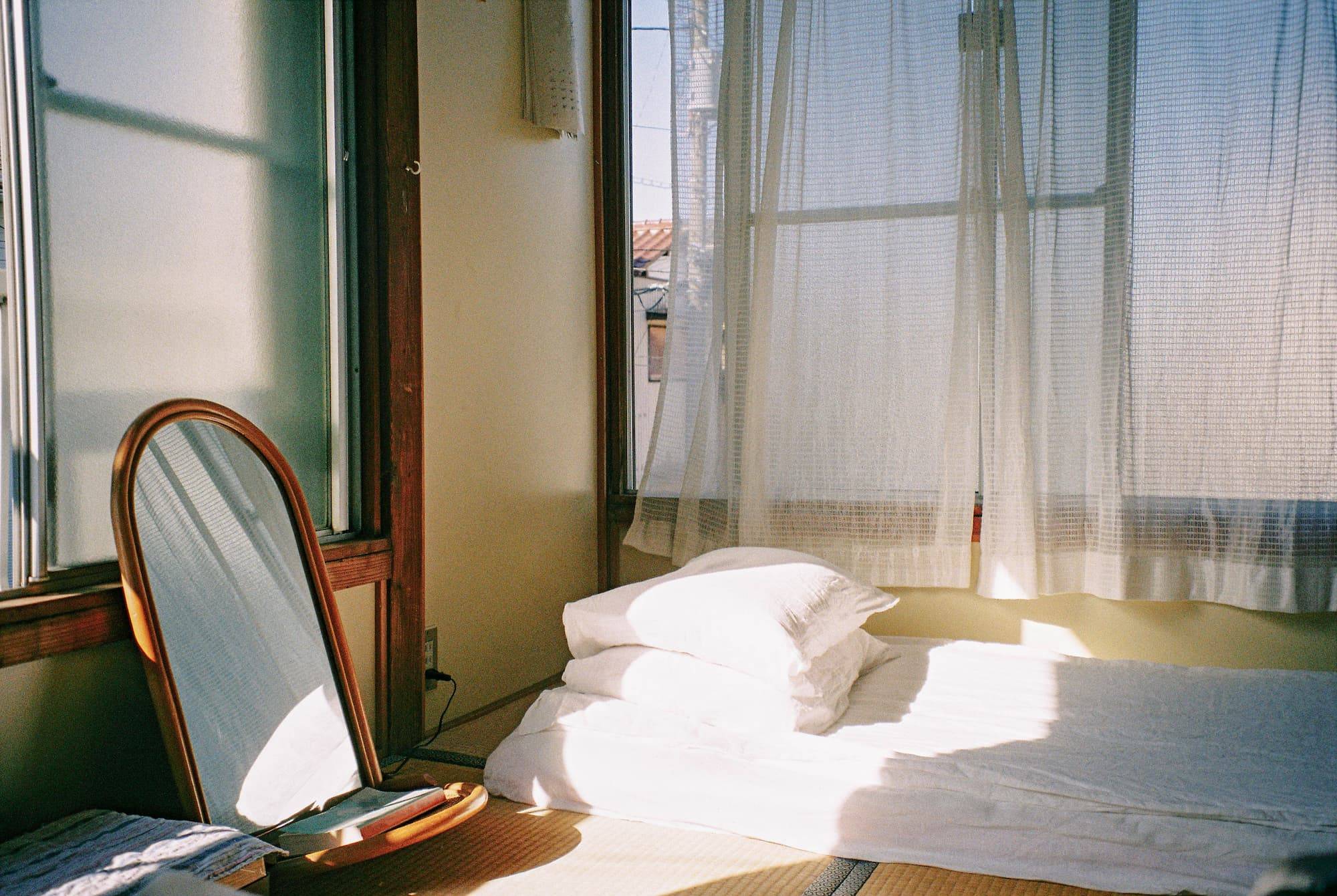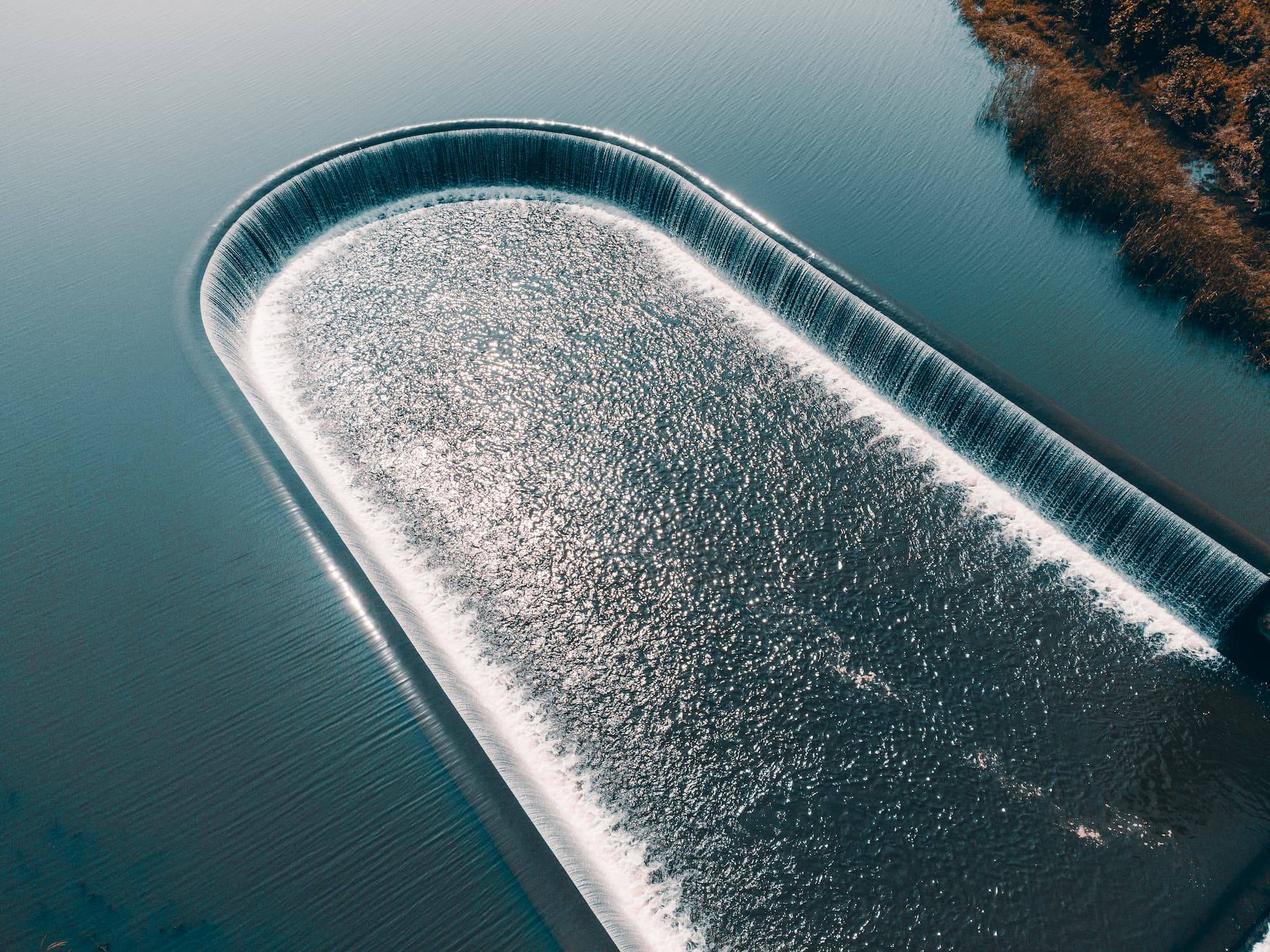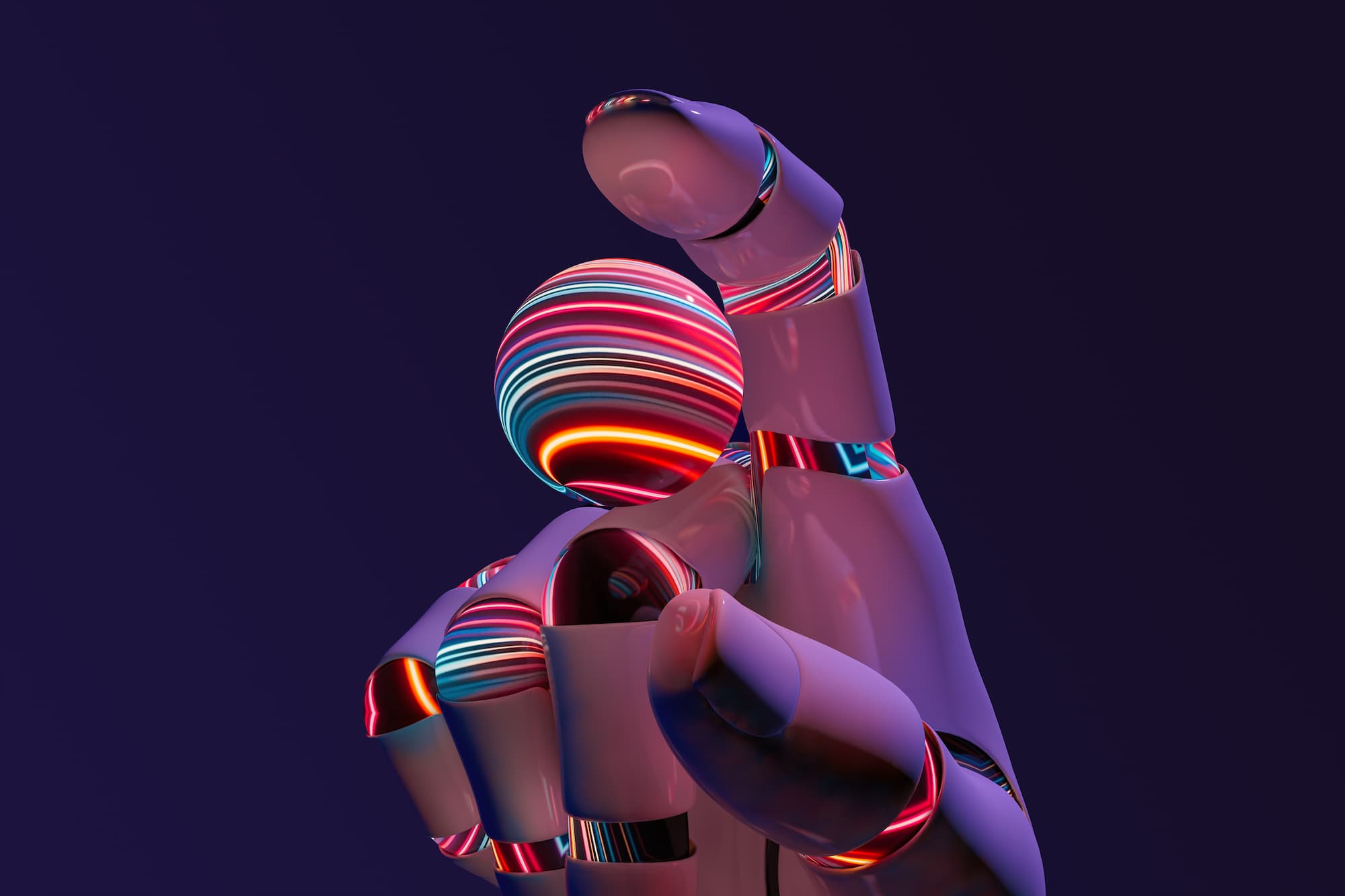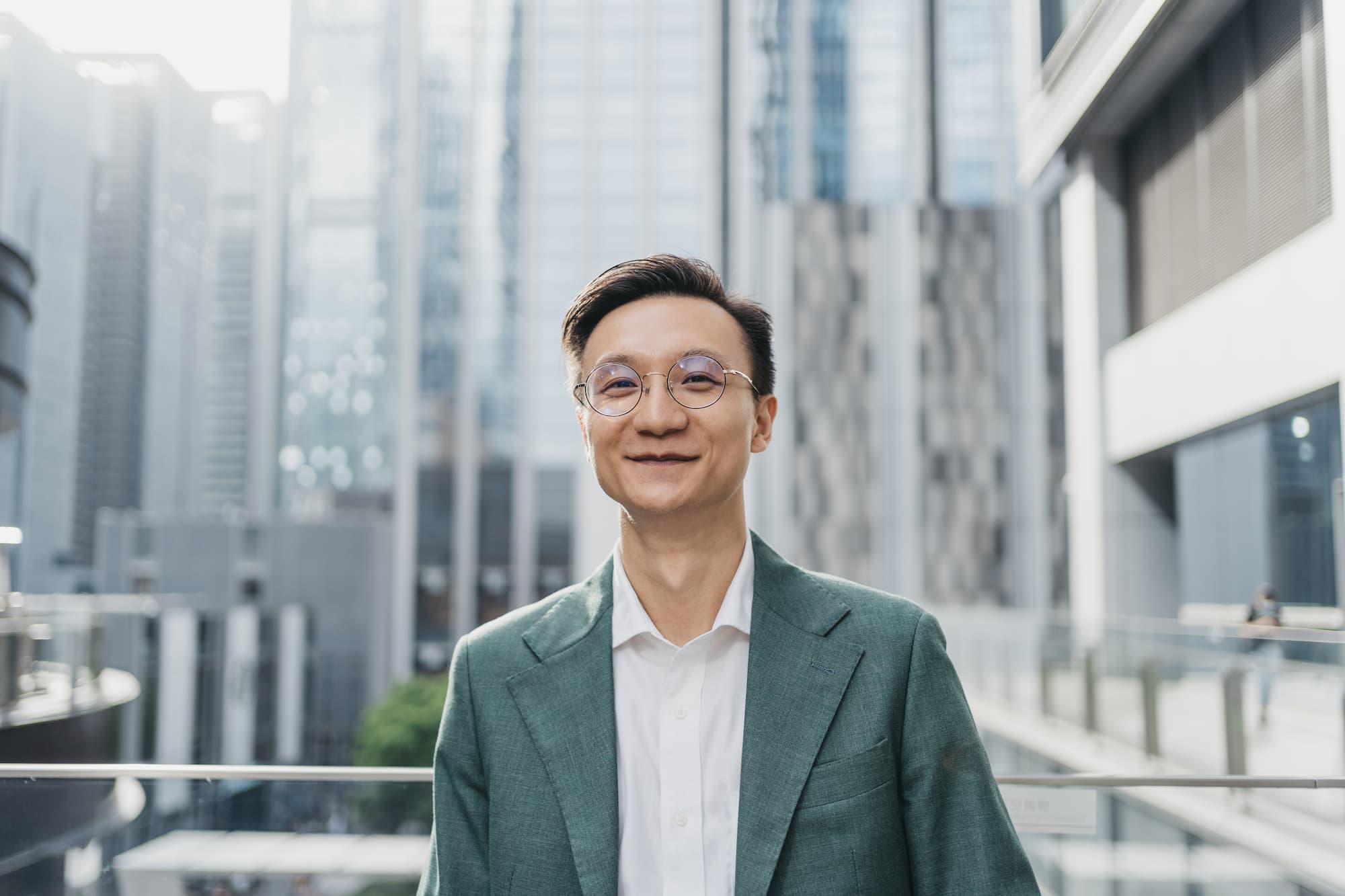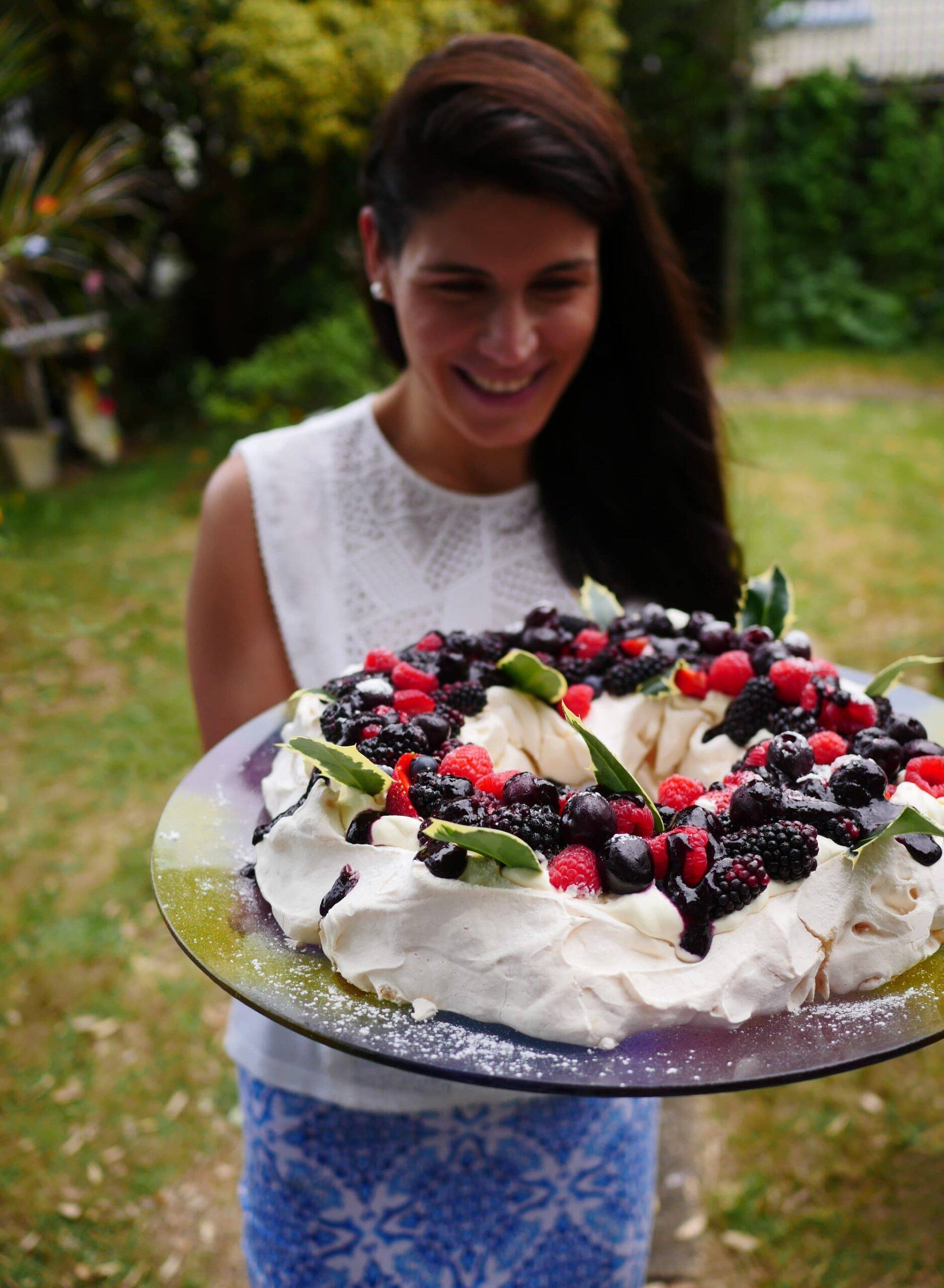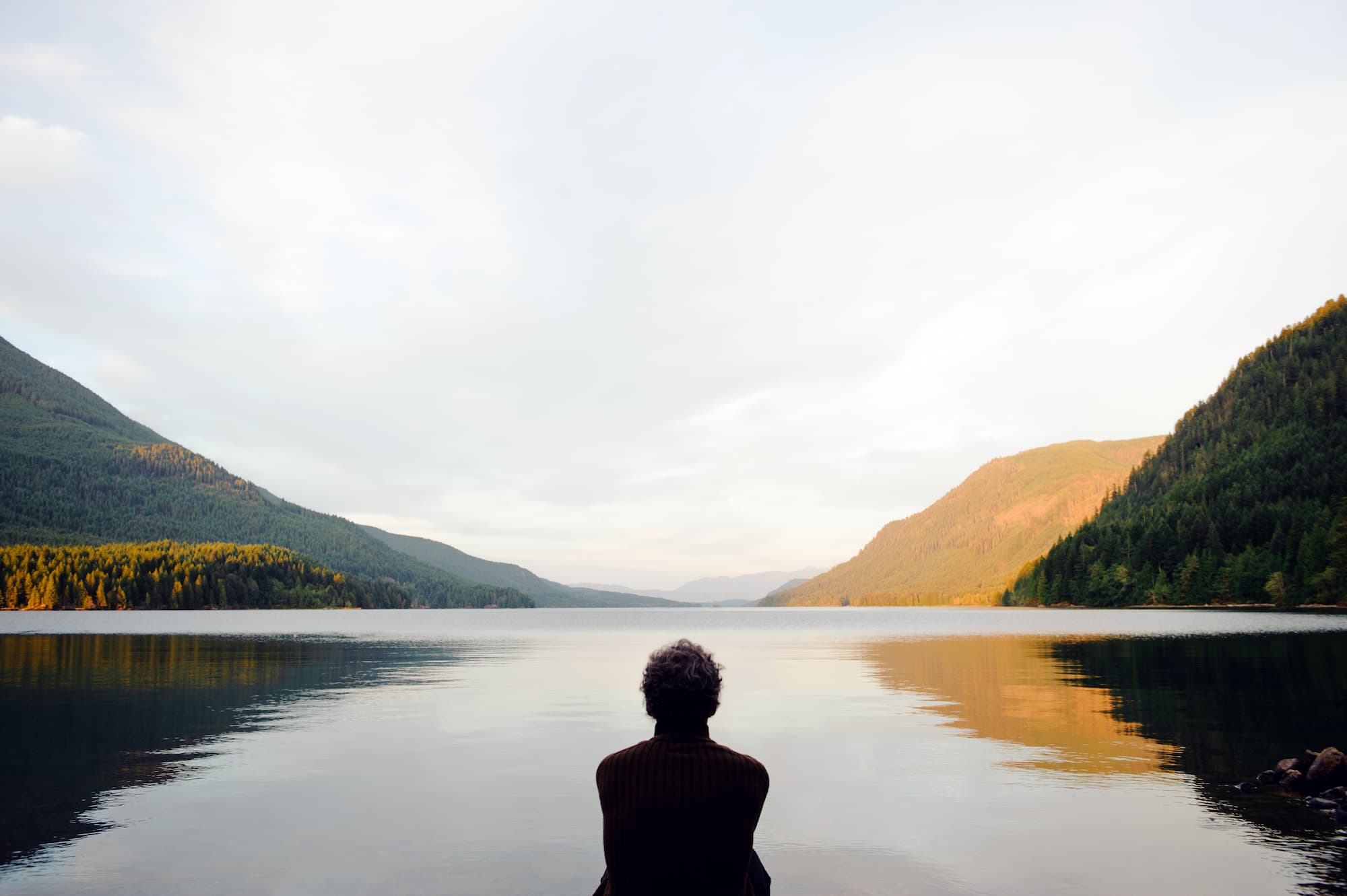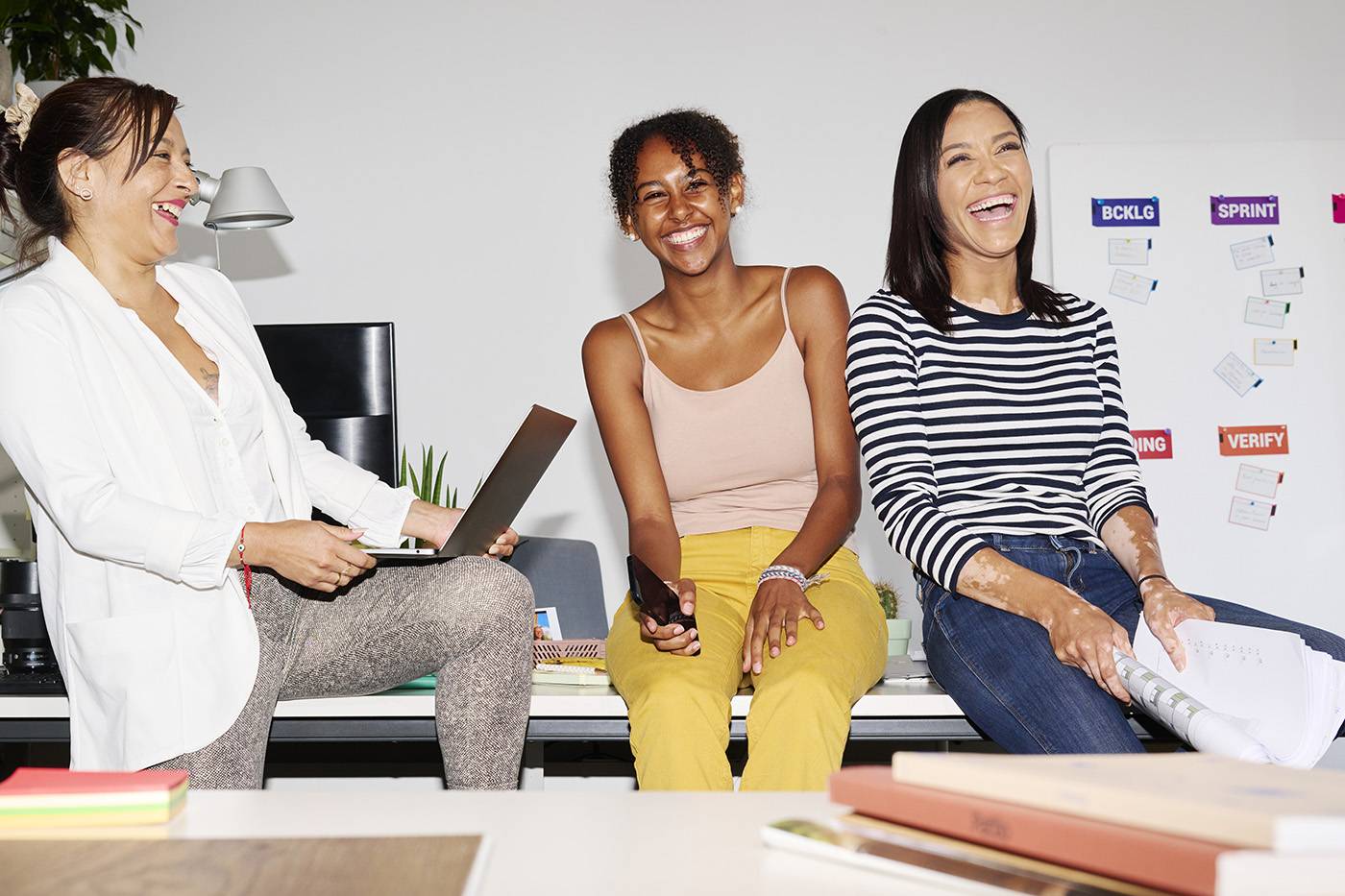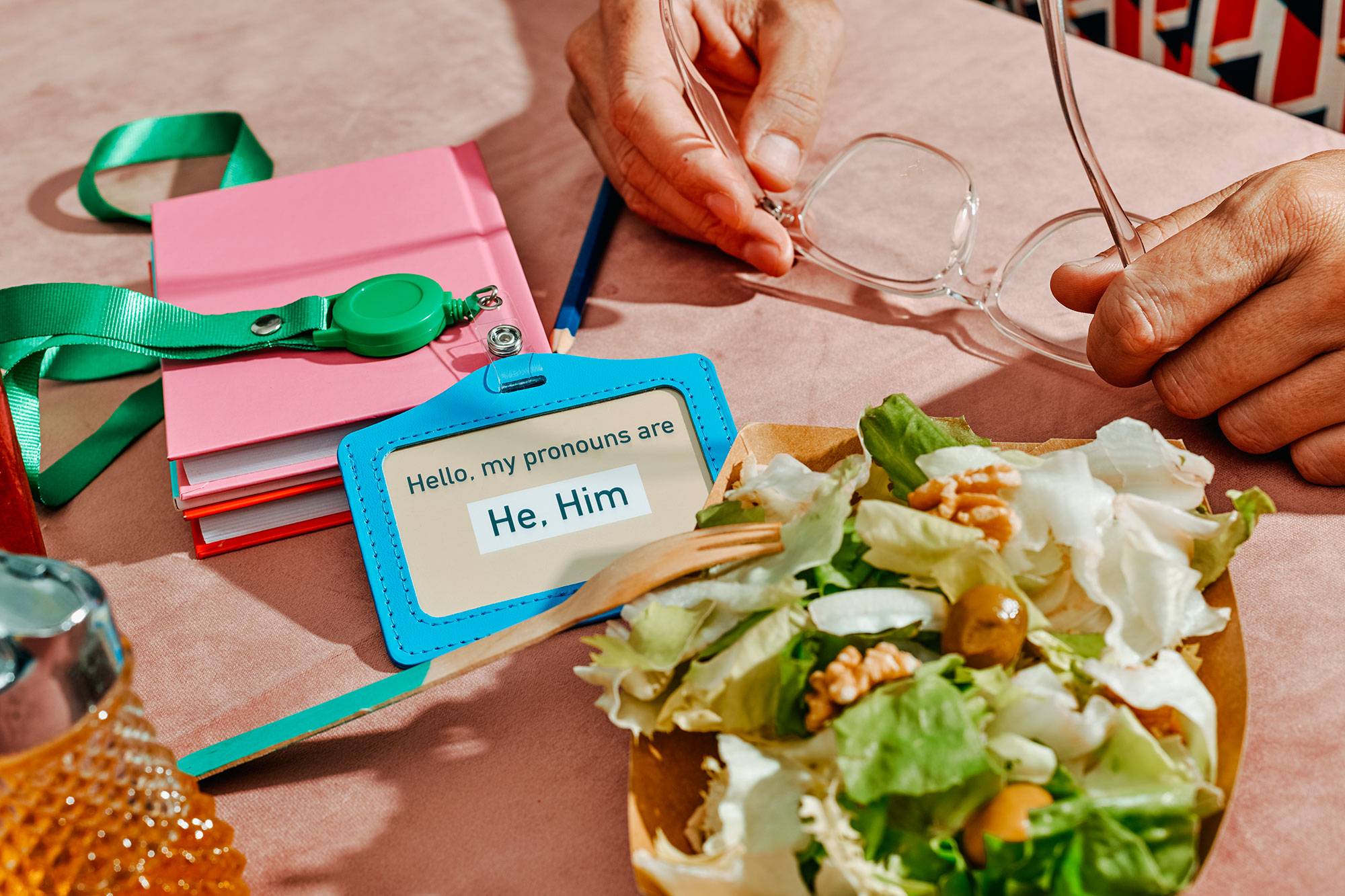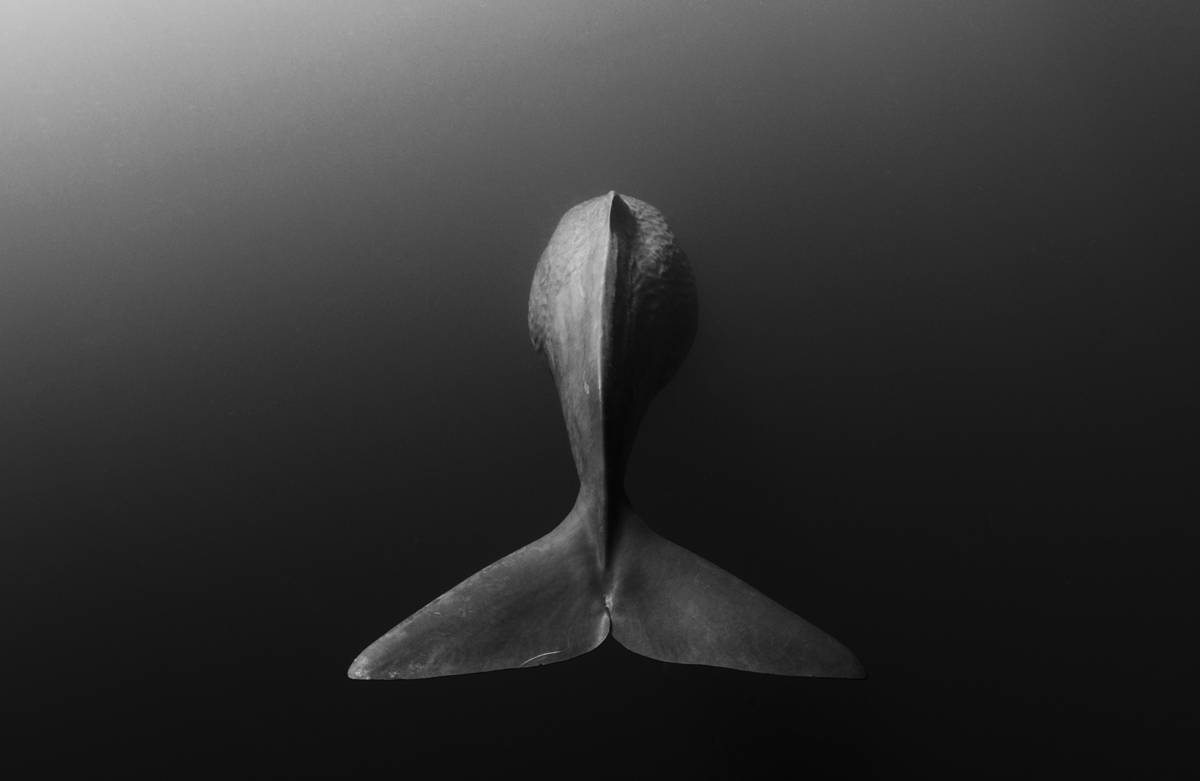Shava Cueva takes through their photographic journey as they balance a creative voice between passion and promotion. Discover their love of landscape and a dive deep into Mexican food and drink, culture, and tradition.
You have a portfolio filled with outstanding work that revolves around food and drink. From the original ingredients all the way to the final products. What inspired you to capture the journey of produce?
Thank you so much. The inspiration for food was born in a visit that I made with my mother in 2015 to the city of Oaxaca in southern Mexico, where Mexican traditions are still preserved. I was born and raised in the northern part of the country, in the city of Ensenada, Baja, California, where we have more influence from the USA than from Mexican traditions and ingredients.
That inspiration grew even more in 2018 when I returned to Oaxaca, I visited different towns and their markets where local producers take to sell products that they sow and harvest themselves, such as fruits, vegetables, spices, grains, seeds, roots, and more produce that I had never seen before. The colors and textures of the food blew my mind, but above all, the gastronomic diversity that I did not know about my country
In Ensenada, we know only white or yellow corn and some chilies, but everything is always the same in supermarkets, the vegetables and fruits look like clones, everything “perfect” in a way that seems artificial, and in Oaxaca, I saw that each product is unique and also tastes amazing.
From there, I began to pay more attention to the ingredients than to the finished dishes, I am interested in showing the raw product and the process it needs to be cooked, showing where they come from, and what colors and textures they have before making them into a dish. Many people are used to seeing the final food and don’t know what the ingredients are like. Even something as simple as a chipotle pepper is the same as a jalapeño pepper but dried. For a lot of people, it may be obvious to know the ingredients, but for me, it wasn’t, and it means that for a lot of people, it might not be either. That’s why I love to show what surprises me because surely someone else will be surprised too.
Your website mentions that you specialize in agave-based spirits like mezcal and tequila. Can you tell us a bit about how you became interested in this area and developed yourself as a specialist in this niche?
It is very curious because this was not planned, 5 years ago I never would have thought that I was going to specialize in this type of photography focused on agave drinks or cocktails.
When I started learning photography, I took photos of everything, portraits, weddings, landscapes, products, advertising, abstract photography, and whatever was in front of me. Over the years, I began to notice that what I enjoyed the most was landscape, nature, and food photography, but I also noticed that, unfortunately, the photos I took of landscapes did not attract clients or sales, and the food did. For that reason, I thought of focusing on food to generate income that would allow me to continue taking photos that I like without having to take them for work, for example, landscapes, sunsets, mountains, the sea, animals, etc. Being in nature and taking pictures during my travels feeds my soul and gives me peace of mind. Same with food photography, it was just a matter of finding a balance.
It was in 2018, when traveling through the state of Oaxaca, that I learned about the process of how mezcal is made, a Mexican distillate. Part of the process is going to the fields to cut the agaves, and the fields are usually remote mountains with incredible landscapes. In those fields, I felt happy, happy to be in nature with plants and to see how the clouds merge with the mountains full of agaves.
I discovered that mezcal is not just a bottle with a drink. It is a whole process behind it that directly involves nature and hard work that I saw and wanted to share. I took many photos during those trips for my book, and I shared them on my social networks and Behance portfolio. Little by little, brands began to contact me to take photos of the process of making their drink, be it mezcal or tequila, and it began to become a product that I could offer.
I continued taking food and drink photos for the next 3 years, but in 2021 I decided to focus and specialize in this area only. I feel that as photographers, we can take photos of everything we like, and that can be very broad, that’s how people and clients see us, but somehow we can go unnoticed among all the good photographers that are out there. However, by specializing in a type of photography, we will have more experience in a subject, and in the end, we all look for a specialist in something. We do it when we need a medical, nutrition, legal, or cooking specialist; we want someone who knows the subject, even if it is only one person, not someone who knows very little about many subjects.
In addition, I realized that taking photos of Tequila or Mezcal is the perfect combination in terms of photography that I like, for example, it includes documentary photography when portraying the processes, landscape photography when portraying the field and the agaves, product photography when portraying bottles and food and beverage photography by capturing cocktails and food pairings.
Your book “Bebidas de Oaxaca” (Beverages of Oaxaca) looks absolutely beautiful. What was it like to create a work documenting the rich history of traditional Oaxacan drinks by capturing stunning product photography and telling the stories of the people and the history?
Thank you very much. It gives me a lot of feelings and joy when a person likes this project because the original idea was never to make a book. It all started as a personal journey.
At first, I thought of only portraying the finished drink with the ingredients it contains, more like product or advertising photography, but from the first drink that I documented, which was Tejate (a drink made from cocoa and corn) with Mrs. Lucrecia Ruiz, I realized the importance of the production process, of all the work behind it, of the person’s history and how they learned to prepare that drink. That’s when I wanted to make the whole book as a documentary showing every detail of preparation, every tool, ingredient, and the person who is the most important in this project. Knowing how they learned to prepare drinks and being in front of these people, many of whom have been making them for over 50 years, has been an honor.
This project changed the way I see photography, paying attention to details, especially food and drinks, knowing that there is a long preparation process that sometimes takes days to make or even a year to wait for the seasonal ingredient to be available. Thanks to this trip, I value each dish much more before eating it, but I also value the ingredients, the preparation, and the person who dedicated time and knowledge to prepare it. It does not matter if it is something simple to do or if it is a fruit. It is important to be aware and question where the food we eat comes from, who planted it, and who took care of it and cultivated it, the field is hard work, and we rarely remember it.
As I mentioned at the beginning, I never imagined doing a project like this or that it would achieve the recognition it currently has in Mexican gastronomy. I was not even involved in food, cooking, or drinks, and my knowledge of Oaxacan gastronomy was -100 when I started. I currently have more knowledge about this project, but at first, I only wanted to travel through Mexico to take photos, to take a personal photographic trip to distract myself from a love breakup at that time, and I was also tired of advertising photography, I think that these “negative” events ” It was the best thing that could have happened to me because they helped me find photography again and, in part, thanks to this project I also met my wife.
Besides offering photography to your clients, you also offer art direction, branding, and graphic design through Eucalipto Studio, the creative studio you run together with your wife. Do you feel that being able to offer such a well-rounded experience helps attract new clients?
At first, we thought so since offering more services and receiving more clients is the idea, but it can be counterproductive. There have been occasions when a client asks us for a service in which we are not specialists, and we have to prepare ourselves to learn and comply because we are offering it more than because we like it. That is why we are currently focusing on topics that we like and skills that we master, we also prefer to have few clients but dedicate more time to them, and for that reason, we are currently in the process of eliminating some of the extensive services that we offer, as I said at the beginning, it is better to look for an expert in a subject than someone who knows little about many subjects.
But in general, Eucalipto Studio has helped us attract more clients since Jess is a graphic designer and I am a photographer. By joining forces, we can offer more services to each of our clients. I love the team we make, perhaps some people may think that a married couple working together can be complicated, but it is the opposite with us. We complement each other very well. Each one has its own tasks and activities.
In addition, the studio not only focuses on drinks but on eco-friendly foods and brands, that way I can continue taking pictures of other subjects that I like and leave my brand Shava Cueva for drinks and cocktails only.
And a quick follow-up question to the previous question. How do the skills you use while working on client work through Eucalipto Studio impact how you work with Stocksy in terms of creating content, metadata, processing, etc.?
I started taking advertising photographs in 2013, and one of the main requirements is that the photo has copy space, that the product and the person modeling it, the composition and details of brands in the image, look good. Working for advertising has helped me helped in Stocksy when generating new sessions. Although I have generated very few, I think I have only done 3 sessions where I have prepared myself as if I were a client. My other content is mostly from my hard drives, my trips, and everyday moments.
In these sessions that you commented, I do pay attention to composition details, copy space, brands, and colors, but I work more relaxed and happy than when I worked in advertising because what I didn’t like about advertising is that everything is very posed, very plastic and unreal, focused on the definition of “beauty” that society has built and not the one we live in the real world where beauty is much more diverse.
As for creating content, I can say that I only have one session where Eucalipto Studio has been involved, Jess helped me look for color trends and make mood boards about the trends we saw in the Stocksy Briefs, and we decided to take advantage of a Micro-greens session to create content.
Regarding the metadata, I have not had any impact with Eucalipto because it is something new for me, but in terms of editing, I liked editing in a natural way without the need for filters or trend tones that some brands ask for.
The above skillset is already very impressive but doesn’t end there. You also offer photography courses. What made you decide to teach photography? And what are some of the things you yourself have learned from teaching others?
I love teaching because I also learn. I taught at a University, and I have given some talks and courses on photography and editing. It is something that I like, and I enjoy it, but I don’t like to do it very often because it is quite tiring, I am an introverted person, and when I am in a meeting or with many people, I end up exhausted, with a headache and wanting to lock myself in my house and not wanting to see people for a week hahaha.
However, in 2021, like many people, it was a very difficult year for me due to the consequences of COVID. In that year, I had no job, and nothing I did worked. That’s why I thought of doing a basic photography course, recording myself, and editing it to upload it to educational platforms and be able to generate extra income.
While I was recording myself, I thought about doing the course for myself as if I had just started learning photography, there are many free online courses, but few teach you beyond the technical, the technical skills can be learned in one day. What really matters in photography is practice, and in the courses that I have given, I noticed that the students liked it more to practice with the exercises that I have given them, even exercises without using the camera. Without realizing it, they have helped me to remember how I liked learning photography.
Do you have any goals or plans for this year that you are excited about?
Yes, this year, the second edition of my book Bebidas de Oaxaca, is published. In this second edition, I added 10 more drinks, and we are going to present it at the Guadalajara International Book Fair, the most important book event at the Spanish-speaking level.
Also, this year I started to set myself monthly goals, and every month I am polishing more the activities that I have to do to achieve them. One of the goals I have is to end the year with 4000 photos in Stocksy. I would love to be able to upload more, but sometimes time is not enough for me with the other projects I have, I also like to set real goals without having to sacrifice time to be with my family.
What is your motivation/driving force to create your work?
My main motivation is to do something that I like and that challenges me, but that is related to my values. As for work, I could not do something just for money, no matter how much money a project pays me. If I am not convinced of the product or the brand, I do not accept it, and I prefer to recommend it to other photographers. And the opposite has also happened to me, I have worked with clients who have little or no budget, and I don’t care because I like their project. It motivates and inspires me, and that is more important when you create something.
Nor does it mean that I only work with brands or products that I consume. The projects go far beyond what I buy or not, each person has different tastes. A curious fact about my work with alcohol brands is that I have not drunk alcohol for almost 3 years, yet I do understand the brands because what they offer is more than just a drink. As I said at the beginning, there is history, processes, and nature.
If you could execute any idea — with no budget restraints or logistical limits — what would it be?
I would love to travel throughout the state of Oaxaca again to be able to do a series about my book Bebidas de Oaxaca for a streaming brand like Netflix, HBO, Prime, etc., and for more people to get to know this liquid culture of Mexico through videos.
It would be a dream to show the processes and stories about who makes the drinks more deeply, to show the ingredients and where they come from, and the traditional kitchen tools that are still used. I believe that a physical book is a limitation for many people who want it from other countries, and a television product such as a series could help make these guardians of ancestral gastronomic traditions known and allow them to share their culture with more people. The dream is to show more healthy drink options than the Cola many people consume.
Do you have any hidden talents besides creating your wonderful work?
I love cooking; every dish I prepare helps me improve my techniques. I started to get more involved in the kitchen since I am a vegan because there are few offers in the city where I live, and that is why I like to buy cookbooks and vegan recipes from different countries and make them at home.
It is also a type of meditation and disconnection. At first, it was hard for me not to take photos or videos while cooking or of the finished dish because I wanted to eat it as soon as I served it, but little by little, I decided to enjoy this activity purely without including photography. In addition, my wife is the happiest, and I am the one who cooks at home, and I keep these moments for ourselves. There have been times when I do take photos, but only as souvenirs, not for work, although she is the one who tells me that I should use it for Stocksy too haha maybe soon I will organize a meal and take a portrait of it to upload it in my portfolio and reach those 4000 assets this year.
How do you make sure that your work still stays enjoyable and that you don’t burn out on creating new content?
When burnout happened to me continuously, I tried different techniques I saw on the internet, and none worked for me. I did not know what to do until I decided to analyze in a deeper way why I wanted to throw everything out the window and do nothing. I came to the conclusion that I was involved in different projects at the same time, and my days were filled with different activities that I rarely managed to complete besides my personal life, exercise, house, family, and pets.
We have become accustomed to wanting to do everything at the same time, to fill our day with activities and mistakenly think that by working more hours, we will be more productive, and it is completely the opposite.
I know that each person is different, but it has worked for me for several months to set myself a list of 2 tasks maximum per day and a single topic, so my mind thinks of only one topic a day, and I don’t turn it off, and on every time I change projects that in the end is what wore me out.
For example, one day is just generating Keywords for Stocksy, another day is prospecting new clients, one day to write ideas for new photographs, another day to take photos, another day to edit, and spending 2 days on a new project that I started to make vegetable milks and cold pressed juices with a business partner.
In this way I work more deeply in those activities but in less time, at the end of the day I complete my 2 tasks and many times I have most of the day free that I can dedicate to my wife, pets, the house or just relax and watch a series or read a book. Plus, Saturdays are sacred; it’s the day I disconnect from the screens, and I’m only with Jess or friends. What is not lacking in my days in the morning is running, which helps me start the day fresh and motivated, and I almost never work more than 5 hours a day unless a project requires it.
What is the one bit of advice you wish you had known from the start?
I wish someone had told me in my beginnings as a photographer to focus on what I liked, to pay attention to my instincts, and not try to replicate what others did, much less compare myself with the work of others. I think that way I think I would have advanced more in less time. A mistake that we make at the beginning is to follow trending styles that end up ending soon. Does anyone remember HDR photos? And comparing ourselves with the work of others is something that can affect us, everyone has their processes, their time, and their way of learning. It is good to see and be inspired by the work of other photographers but not to let it negatively affect us. .
Another piece of advice that I would have liked to know is not to do something for money and even less in photography since it is an art, I understand that we have to pay basic priorities like rent, food, etc., but when you do photography for money, it shows in your images because you aren’t putting your soul into them and in art it is easy to see that superficial part. Besides that, doing something without passion has an expiration date.
When you do something out of passion, pleasure and because it fills you with happiness, money comes as a result of your work and dedication.
Creative blocks can happen to everybody; what works for you to get out of them?
I think the only creative block that happens to me is when I’m developing an idea for a photo shoot, sometimes I’m doing composition sketches, and I get blocked because I don’t know what else to put, at that moment I start taking photos with similar elements of my sketches in my studio, and that’s when I realize other perspectives, how to use different textures, colors, light, angles and everything becomes clearer.
Instead, when I’m saturated with work, and my mind can’t go on, I water my plants, cook, play with my pets, or decide to lie down on the couch with Jess to watch a series or movie. Saturation does not happen to me often because I work with the Pomodoro technique and I have several breaks a day, besides that, I work a few hours, life is much more than work, and I learned it a little late before I worked non-stop from 8 am to 10:00 pm and that is not life, little by little I have improved my processes and routines, and currently I am very happy.
Is there something that you can not go without while creating new work? And why is this so important?
Before, I couldn’t leave my house without my camera almost daily. I took photos of everything that caught my attention, then I realized that my hard drives were running out of space, and I decided to take fewer photos but with more thought put into them. Little by little, I left the camera at home because the photos that I had to edit began to become endless.
Currently, I only use my camera for work, and when I go out, I take more content with my cell phone, but I use it very little.
To create new content, it has helped me much more to go running without a camera or phone. I really enjoy running through the mountains, and when I am in a moment of peace and calm, my head is filled with new ideas that when I return home, I write them down in my notebook.






